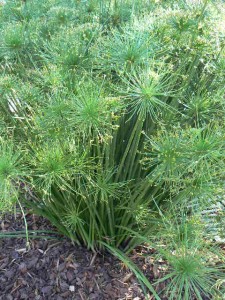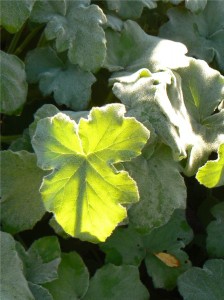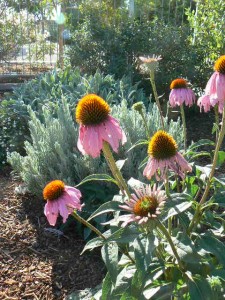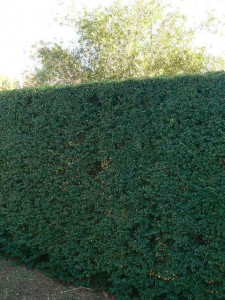Summer heat. When the going gets tough the tough get growing.
- 10
- Mar
Who doesn’t like a little summer sunshine?
Well when it gets to 40 deg C I can put my hand up and say you can have too much of a good thing.
This summer has been extreme. Repeated 40 deg plus days and extreme sunlight is tough on people and tough on plants.
Some plants don’t seem to mind, some bleach out white and collapse in a heap and a few seem to thrive on it.
Now that summer is at an end it is a great time to ‘de-brief’ and run through what happened and learn from the experience.
As gardeners we classify plants into categories of ‘hardiness’. Typically these categories have included frost, drought and salt. I think now is the time to consider a new category – extreme heat.
We have a very useful scale of extreme conditions in this category that we can adopt for classifying plant hardiness to heat, dry air and wind. This scale is the CFA fire danger rating of Low, High, Very High, Severe, Extreme and Code Red.
The Severe, Extreme and Code Red categories are the ones of interest. At these levels, temperatures are very high, the humidity is very low, light levels are high and it is often windy.
Plants cool themselves by losing water through the leaves. If the soil at the plant roots is dry they can’t take up water and they will get hot very quickly and collapse. I’m not just talking about looking a bit dry and wilting but about getting so hot that the cells are damaged beyond repair. Sometimes you can tell when plants are heat stressed just by holding a leaf between your thumb and fingers. If it feels hotter than the air it is over-heating. It could be that the ground is moist but the plants just can’t take water up quickly enough in which case without more shade the plant is in trouble.
Here is an interesting thing. Plants cool down by losing water from the leaves through pores called stomata. If you shake a plant the stomata tend to close up. Shaking a plant replicates wind and some plants are programmed to close down in the wind to stop excessive water loss. With extreme heat if the stomata close down then so does the plants ability to keep cool. This is one reason why hot dry winds are damaging and one reason why some types of plants do better than others.
Heat hardy plants for Northern Victoria.
40 degrees plus, well these plants didn’t seem to mind while others around collapsed and dried. Some will grow back but the ones below just kept on growing.
Foliage plants.
Umbrella Papyrus Cyperus alternifolius.
Plants put in last autumn tripled in size over the hot summer with no sign of stress. This plant can be grown as a pond side plant but ours were planted into the ground and received only modest watering.
Peppermint geranium Geranium tomentosum
This plant might not like a heavy frost that you might get at a higher altitude than the Shepparton area but it is certainly happy in the heat with little if any additional water.
Flowering plant.
Purple cone flower. Echinacea purpurea.
With only a couple of waterings over summer our self-seeded cone flowers hardly looked back and are now in full flower.
Evergreen hedge plant.
New Guinea privet Ligustrum undulatum.
We knew this was a tough plant after realizing how well it could perform in the drought of a few years ago but it now seems to be able to take the extreme heat too. One thing that is never done is to clip hedges during a heatwave, this exposes tender leaves that haven’t been acclimatised to the heat and sun. However at our own garden I clipped a ten metre length of hedge during mid-summer just to see how it would cope and it did fine which puts it right up there as a top performing hedge plant.




